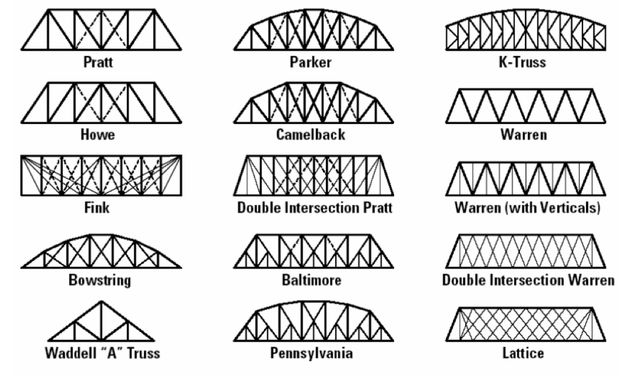
By Donna Giachetti
When you think of spaghetti, what comes to mind? Delicious swirls of long pasta coated with your favorite sauce? Or… bridges? Yes, bridges! Creating a spaghetti bridge is a tried-and-true engineering challenge that can be done by students of all ages. The opportunities for variables—and STEM learning—are (nearly) endless!
The bridge can be as simple or elaborate as you wish. The Internet is brimming with how-to guides for creating a spaghetti bridge. Some of them are quite simple—such as this lab from the St. Louis Area Physics Teachers (www.slap.org) that only requires a few uncooked strands laid out across two desks. This wikiHow entry is also worth a look—it includes suggestions for building, collapsing, AND re-designing a strengthened spaghetti bridge. Honorable mention goes to this excellent activity from Scientific American: “Strength in Numbers: Spaghetti Beams.” But our favorite lesson comes from TeachEngineering.org: it contains a video, educational standards, a well-planned STEM procedure, and an assessment component.
Many of the bridges presented on the Internet are fairly basic. But others are downright flabbergasting in their design, such as this replica of San Francisco’s Golden Gate Bridge from one of our favorite websites, The Kid Should See This. (Not surprisingly, this engineering feat was constructed by a team of Dyson engineers.)
You can watch a video of the process here:
What makes a successful spaghetti bridge?
Building your spaghetti bridge usually requires just a few basic items (rubber bands, glue, tape, and—of course—uncooked spaghetti). If you’re ambitious, you might need additional materials, but it all depends upon your design.
Typically, a successful design is determined by how many times its own weight the bridge can hold without breaking. We’ve seen basic spaghetti bridges that manage to hold small loads like a cupful of marbles, and others that can hold several five-pound bags of sugar. The complexity is up to you and your team.
However, building can’t begin until you learn about the various structures that most bridges use—essential components like decks and support trusses, which can take many shapes (but often resemble the letters M, W, or V).
Bridge Components
Among the many sites that present the fundamentals of bridge building, we’re especially keen on PBS’ Building Big website. There you can find the basics about all sorts of bridges. There’s even an interactive Forces Lab that explains the scientific principles behind forces like compression (squeezing), tension (stretching), tortion (twisting), and shear (sliding).
When it comes to learning about different types of bridges, we are also impressed by “How Bridges Work,” which reviews design elements for arc bridges, truss bridges, suspension bridges, and cantilever bridges. The variety of truss bridges alone is impressive!

Beyond Spaghetti
Spaghetti isn’t the only household material that can be used to make bridges. How about playing cards? Construction paper? Or sugar cubes? Check out this astonishing (and super-tempting) coin bridge video from The Q:
In Conclusion
As a STEM challenge, a team-building icebreaker, or even as a rainy-day pastime, the spaghetti bridge is a sure fire recipe for fun… and learning! In fact, we’re feeling pasta-tively loopy about spaghetti bridges! If you build your own bridge, please share it with us in the Comments section below. We’d love to see how it turned out.

